MDRL lncRNA regulates the processing of miR-484 primary transcript by targeting miR-361
- PMID: 25057983
- PMCID: PMC4109843
- DOI: 10.1371/journal.pgen.1004467
MDRL lncRNA regulates the processing of miR-484 primary transcript by targeting miR-361
Abstract
Long noncoding RNAs (lncRNAs) are emerging as new players in gene regulation, but whether lncRNAs operate in the processing of miRNA primary transcript is unclear. Also, whether lncRNAs are involved in the regulation of the mitochondrial network remains to be elucidated. Here, we report that a long noncoding RNA, named mitochondrial dynamic related lncRNA (MDRL), affects the processing of miR-484 primary transcript in nucleus and regulates the mitochondrial network by targeting miR-361 and miR-484. The results showed that miR-361 that predominantly located in nucleus can directly bind to primary transcript of miR-484 (pri-miR-484) and prevent its processing by Drosha into pre-miR-484. miR-361 is able to regulate mitochondrial fission and apoptosis by regulating miR-484 levels. In exploring the underlying molecular mechanism by which miR-361 is regulated, we identified MDRL and demonstrated that it could directly bind to miR-361 and downregulate its expression levels, which promotes the processing of pri-miR-484. MDRL inhibits mitochondrial fission and apoptosis by downregulating miR-361, which in turn relieves inhibition of miR-484 processing by miR-361. Our present study reveals a novel regulating model of mitochondrial fission program which is composed of MDRL, miR-361 and miR-484. Our work not only expands the function of the lncRNA pathway in gene regulation but also establishes a new mechanism for controlling miRNA expression.
Conflict of interest statement
The authors have declared that no competing interests exist.
Figures
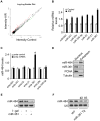
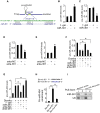

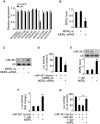
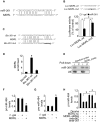
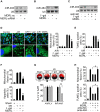
References
-
- Goodrich JA, Kugel JF (2006) Non-coding-RNA regulators of RNA polymerase II transcription. Nature Reviews Molecular Cell Biology 7: 612–616. - PubMed
-
- Khaitan D, Dinger ME, Mazar J, Crawford J, Smith MA, et al. (2011) The melanoma-upregulated long noncoding RNA SPRY4-IT1 modulates apoptosis and invasion. Cancer research 71: 3852–3862. - PubMed
Publication types
MeSH terms
Substances
LinkOut - more resources
Full Text Sources
Other Literature Sources
Molecular Biology Databases

